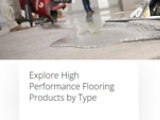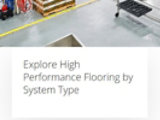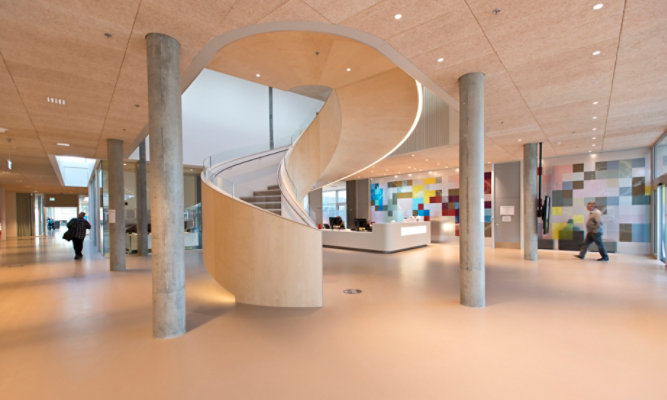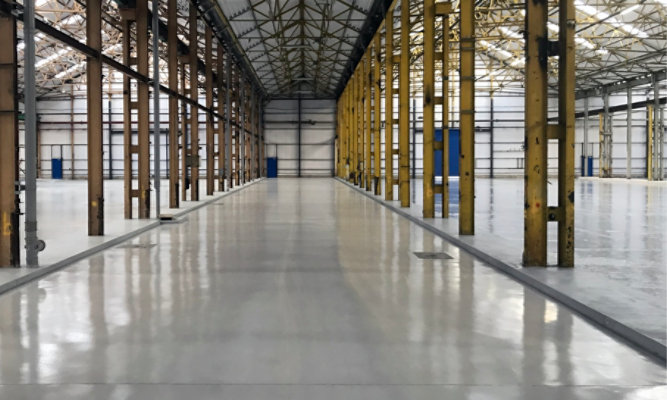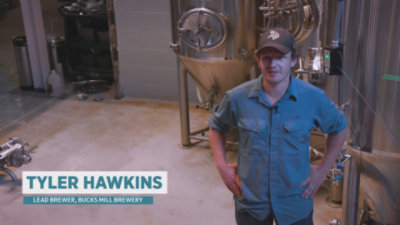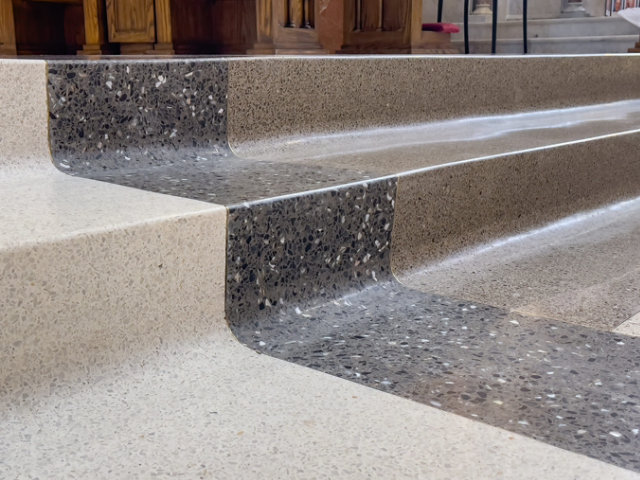
QUICKLINKS
Search Data Sheet

Resinous Flooring Webinar Series
Explore our upcoming and archived webinars.
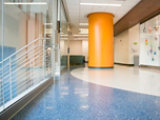
Case Studies
Learn how we partner with customers to solve application challenges.
FEATURED SOLUTIONS

Newly Restructured High Performance Flooring Website!
Explore our industry-leading portfolio of resinous flooring and wall products and systems, designed for the many different spaces found in commercial, industrial and institutional facilities. Discover innovative solutions, including durable, cleanable systems used in healthcare operating rooms and food production environments, decorative systems for hospitality settings, concrete polishing systems and everything in between.
Explore the New Industry Solutions Section-
See All Flooring Products by Type
Discover the complete portfolio of High Performance Flooring products categorized by chemistry/type, including epoxy coatings, urethane concrete, aggregates and more.
-
See All Flooring Systems by Type
Discover the wide selection of High Performance Flooring systems categorized by type, such as epoxy systems, cementitious urethane systems, ESD/conductive solutions and more.
FEATURED PROJECT
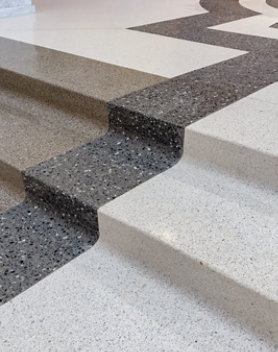
Terrazzo Flooring Renovation Wins Elevation Award
Sherwin-Williams Resuflor™ Terrazzo TG Installation Gets Industry Recognition
Read our case study to learn about Midwest Terrazzo's beautiful installation of Sherwin-Williams Resuflor™ Terrazzo TG in historic St. Joseph's Church in Jasper, Indiana. The project recently won the 2023 Elevation Award for the floor coatings category, sponsored by Technology Publishing Company and the Commercial Painting Industry Association — congratulations to the winner!
Discover More
Industry Expertise and Innovation
Find latest news, industry thought leadership and product information.

We Are Part of Sherwin-Williams Protective & Marine
Sherwin-Williams High Performance Flooring is part of Sherwin-Williams Protective & Marine, which delivers world-class industry subject matter expertise, unparalleled technical and specification service, and unmatched regional commercial team support to our customers across a variety of industry segments.
